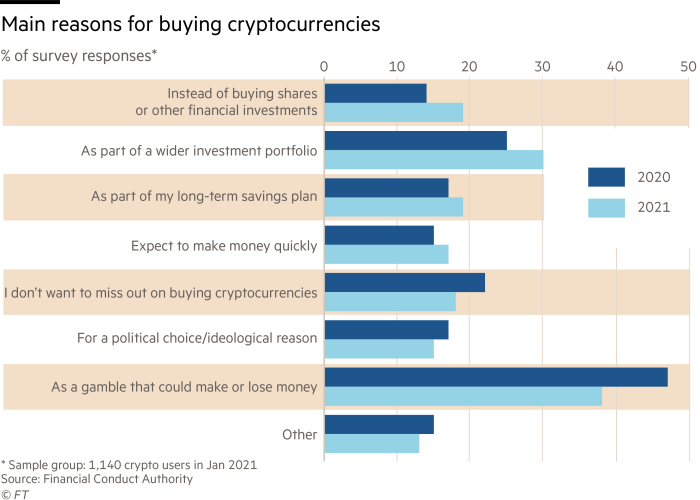Once upon a time in Albania, a scrappy, alternative finance industry emerged to take on and eventually supplant a sclerotic, technologically-backward banking system. The lessons from its dramatic collapse remain relevant today.
Essentially, what was initially touted as a post-communist entrepreneurial success story proved to be pyramid schemes of breathtaking proportions. Slick marketing and lofty promises turned an informal, decentralised, crime-facilitating ecosystem into a mainstream mania that sucked in multitudes of people, unchecked by feeble and fitful regulatory warnings.
Sound familiar? Cryptocurrency zealots will bridle at the insinuation that there are any parallels between the digital assets industry and the seedy world of Albanian Ponzi schemes. They will trot out their favourite mantra against “salty” critics: “Have fun staying poor.”
Even sceptics may feel the comparison is a little unfair. After all, there are some interesting inventions emerging from the crypto ferment, and, clearly, it is not going away. But there are some subtle lessons from the Albanian debacle for regulators now circling the crypto world.
Albania’s 1990s pyramid crisis is so fascinating that it is worth exploring. After the cold war, the country initially saw growth described as impressive by the IMF. But its state-owned banks were moribund and clogged up with bad loans, limiting their ability to extend financing. As a result, Albanians increasingly turned to a motley bunch of foreign exchange dealers and informal quasi-banks.
Initially, even the IMF thought they were a boon, thanks to their role in funnelling remittances from Albanians abroad. However, many became gargantuan pyramid schemes, eventually encompassing over half of Albania’s 3m population thanks to the sky-high returns they promised.
At their peak, the nominal value of the pyramid schemes was equal to half Albania’s annual economic output.

Despite mutually beneficial links to organised crime, they enjoyed a veneer of respectability thanks to swish adverts and cultivation of local politicians. The Albanian central bank limply warned of the dangers, but prosecutors declined to enforce its rules, arguing that these alternative finance companies fell in a legal blind spot. By early 1997 the schemes collapsed, triggering violent unrest that claimed an estimated 2,000 lives.
Clearly, the parallels between the Albanian pyramid schemes and today’s crypto ecosystem are more conceptual than concrete. But both depended utterly on continual inflows of money from fresh entrants to be sustained.
New money is the magic that makes everything go around, from the sky-high interest rates promised by Albanian investment schemes to the juicy returns of modern-day digital “yield farming”. Even Nassim Nicholas Taleb, initially a fan of bitcoin, has now concluded that it is nothing more than a “gimmick” that functions like a Ponzi scheme. The seedy side is also problematic, with cryptocurrencies widely used to facilitate criminality.

However, the primary lessons from the Albanian debacle are that bubbles outside the mainstream financial system can also cause havoc; when they burst there is little differentiation between “good” and “bad actors”; and the cost of regulatory paralysis — either through obliviousness, laziness or co-option — can be immense.
Albanian officials claimed they could do little about the phenomenon because the companies at its centre fell outside their remit. Moreover, while some might have been dodgy, there were many with real investments and genuine economic value, they argued.
However, when the schemes collapsed and immiserated much of the population, the debacle undermined support in authority, and plunged Albania into civil disorder. By March 1997, one local newspaper said: “For the moment, just assume Albania doesn’t exist.”
There are modern-day echoes in the regulatory hand-wringing that has characterised the rise of the crypto industry, with officials understandably torn between the fear of heavy-handedly aborting potentially intriguing new technologies or allowing scams to balloon unchecked. Yet the Albanian experience shows the risks of regulatory disengagement.
The recent hints of more rigorous scrutiny are therefore welcome (if hugely overdue). Given how the crypto world has exploded over the past decade, the window where regulators can forcibly intervene without causing wider financial carnage is probably narrowing fast.
robin.wigglesworth@ft.com
